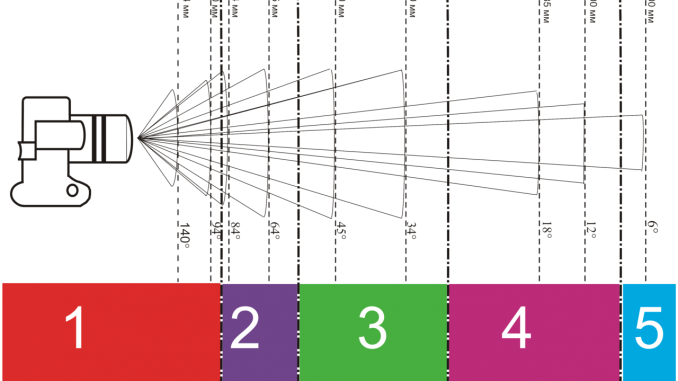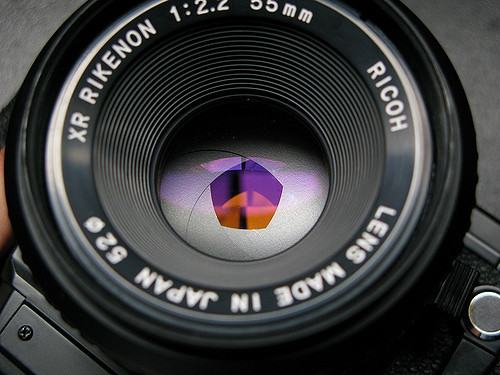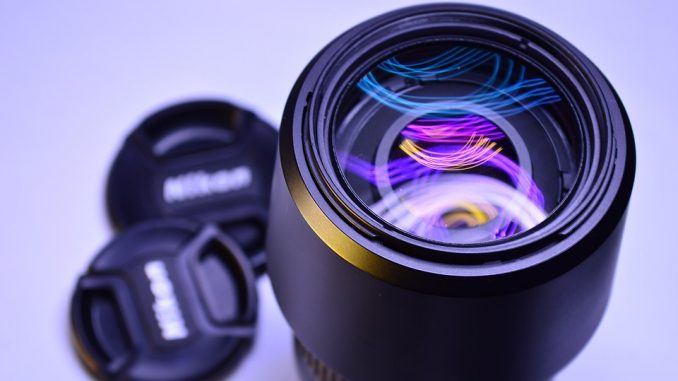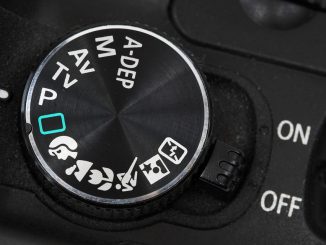This is part two of my article on helping to take the mystery out of photographic terms. In the last article, we discussed “aperture” and “depth of field.” Click here if you missed Part 1
Remember that when you squint your eyes, you allow in less light. The same is true when you adjust the aperture. You allow in more or less light by adjusting the hole where the light interacts with the film.
You’ve probably noticed that when you go into a darkened room, it takes a while for enough light to enter your eyes to allow you to see.
However, after you’re in the gloom for a period of time, you begin seeing things that you couldn’t define at first. So it is with your camera. It takes a certain amount of time for the light to register in your camera depending on a couple of factors. How much light is coming in (the size of the aperture opening), and what is the ISO (speed) of the film.
Shutter Speed
shutter speed is another factor that you’ll find very important in your photography…it’s one of those photographic terms you will hear a lot.
Again, it’s used to vary the amount of light impacting your film within a specific time. If you blink your eyes very fast, you won’t let in as much light as when you open and close your eyelids slowly. The same principle applies to the shutter.
Shutter speed is simply a measure of how long the shutter stays open when you take your picture. Automatic cameras can handle this adjustment for you, but there are cases in which you’ll wish to use the shutter priority function of your automatic camera.
With automatic cameras, check your manual to see how to set your priority settings. In low light situations, longer shutter speeds will allow more light in, but you need to watch for camera movement that can blur your photo.
Again, a tripod is a necessary item. When you’re shooting fast action–such as air shows or car races—you’ll need to use a faster shutter. You must be sure that you have the aperture open enough to allow sufficient light to reach your film. Your meter will help. Always check your light meter before snapping a picture.
Occasionally, you may wish to use a slow shutter speed on a fast object. Why? To express an illusion of speed.
To create this effect, pan with the subject. In other words, you move the camera with the subject as it crosses the field of view of your camera, and you snap the shot as you move the camera with the subject. If the technique is done well, the subject will be in focus.
The movement of your camera will simply blur the back and foregrounds.
Photographic Terms – Focal length
The last term we’ll address is focal length. In this section, we’ll also discuss telephoto, wide-angle, and zoom lenses—plus a standard lens that’s useful but seldom mentioned.
The term focal length can be misleading due to the complex lenses available. For example, a 500 mm lens may not be exactly 500 mm long. In addition, a common piece of equipment is the mirror lens that bounces light from one polished surface to another giving the effect of 500 mm in a much shorter barrel.
(Otherwise, we’d have to have a rolling tripod to carry monster lenses.)
What you do need to know is that there’s a relationship between focal length and field of view.
The shorter the focal length, the wider the field of view. Wide-angle lenses are typically between 20mm and 35mm. Fisheye lenses are even wider at 18mm and are so named because they encompass nearly 360 degrees. (These lenses are very specialized and seldom used compared to the other lenses.)
The standard lens that usually comes with the camera is around 50mm. A lens that falls between 70mm to 300mm is a telephoto lens. Any lens above that is a super-telephoto lens. A very good lens to use for wildlife photography is the 400mm lens.

Zoom lenses can be moved from wider angles to telephoto angles. Some of the newer ones go from 28mm to 300mm. These lenses are not considered to be quite as sharp as the fixed-length lenses, but they’re being improved all the time.
The advantage of using them is that you don’t have to lug around different length lenses for different situations. Many of the point-and-shoot and digital cameras have zoom lenses built right into the camera.
The terms “aperture,” “depth of field,” ISO, “shutter speeds,” or “focal length” shouldn’t scare you.
They’re merely keys to how the camera works.
Once you’ve mastered understanding these photographic terms, you’ve mastered the camera. You have to know your camera to be able to put it to its best use. Unfortunately, knowing the camera doesn’t mean that you’ve mastered photography…yet. But you have a good start. Until next time, go play with what you’ve learned. Practice, practice, practice!
By Willis T Bird




Leave a Reply